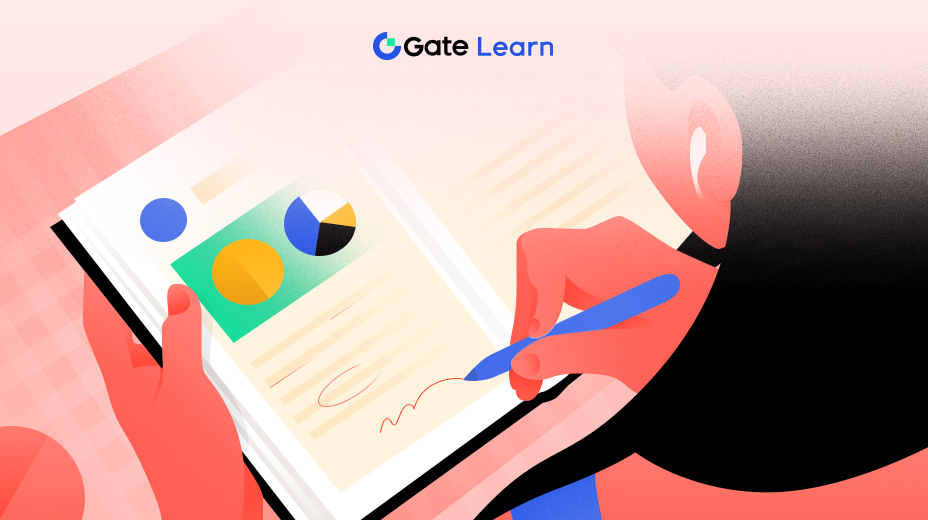クロミアアーキテクチャ
このモジュールでは、Chromiaのアーキテクチャフレームワークを解剖し、その関係データベースの基盤、提供するフルスタック分散型開発プラットフォーム、およびインフラストラクチャを構成する主要コンポーネントに焦点を当てます。Chromiaのアーキテクチャを理解することは、複雑なdAppsの作成と展開に不可欠なスケーラビリティ、効率性、および開発者向けの利便性を実現する方法を把握する上で重要です。
リレーショナルデータベースの基礎を理解する

Chromiaのアーキテクチャは、リレーショナルデータベースの原則に基づいており、データを事前に定義された関係を持つテーブルに整理します。この基盤により、効率的なデータの保存、取得、操作が可能となり、複雑なデータセットを管理する強力なツールとなっています。Chromiaの文脈では、このリレーショナルデータベースモデルがブロックチェーン技術と統合され、セキュアで分散型、スケーラブルなdAppsプラットフォームを提供しています。
Chromiaのアーキテクチャにリレーショナルデータベースを統合することで、複雑なデータ構造とクエリが容易になります。この機能は、金融サービス、サプライチェーン管理、ゲームなど、高度なデータインタラクションを必要とするアプリケーションに特に役立ちます。Chromiaは、リレーショナルデータベースを活用することで、開発者が豊富な機能と高性能を備えたdAppsの作成を可能にします。
Chromiaの関係データベースモデルは、プラットフォームのスケーラビリティも向上させます。従来のブロックチェーンプラットフォームは、線形データ構造によるスケーラビリティの問題を抱えることがよくあります。一方、Chromiaの関係モデルは並列処理を可能にし、より効率的なデータ保存を実現し、トランザクションのスループットを大幅に向上させ、ボトルネックを減らします。
セキュリティは、Chromiaのリレーショナルデータベースの基盤の重要な側面です。プラットフォームは、ブロックチェーンに保存されたデータの整合性とセキュリティを確保するために、高度な暗号技術とコンセンサスメカニズムを採用しています。これにより、プラットフォームのオープンで分散型の性質にもかかわらず、データが改ざんされずに安全に保護されることが保証されます。
リレーショナルデータベースアプローチは、プログラマーにとって馴染みのある開発環境を提供し、ブロックチェーン開発への参入障壁を下げる。開発者はSQLのような言語を使用してブロックチェーンとやり取りできるため、Chromia上で洗練されたdAppsを簡単に構築および展開することができます。
フルスタックの分散型開発プラットフォーム
Chromiaは、開発者にdAppsを構築、展開、および管理するためのすべての必要なツールとコンポーネントを提供するフルスタック分散型開発プラットフォームとして設計されています。 この包括的なアプローチは、開発プロセスを簡素化し、外部依存性の必要性を減らし、dAppの作成をよりアクセスしやすく効率的にします。
Chromiaのフルスタックオファリングの中心には、ブロックチェーンとリレーショナルデータベースのアプリケーションのために特別に設計された独自のプログラミング言語であるRellがあります。 Rellは、SQLのパワーとブロックチェーン固有の機能を組み合わせ、開発者が安全で効率的なスマートコントラクトやdAppロジックを記述できるようにします。
Chromiaの開発プラットフォームには、フロントエンド開発向けのツールセットも含まれており、開発者はブロックチェーンとシームレスに連携するユーザーインターフェースを作成することができます。単一のプラットフォーム内でフロントエンドとバックエンド開発ツールを統合することで、dApp開発プロセスが合理化され、ユーザーエクスペリエンスが向上します。
このプラットフォームは、dAppsの分散ホスティングをサポートし、アプリケーションが中央集権的なサーバーに依存しないようにします。この分散化は、dAppsの強靱さと利用可能性を高め、攻撃やダウンタイムに対してより堅牢にします。また、これはブロックチェーン技術の倫理と一致し、よりオープンで分散化されたデジタルエコシステムの促進につながります。
Chromiaのフルスタックプラットフォームは、スケーラビリティを考慮して設計されており、水平スケーリングやシャーディングなどのソリューションを提供しています。これらの機能により、Chromia上のdAppsがより多くのユーザーを引き付け、より多くのリソースを必要とする場合でも、パフォーマンスやセキュリティを損なうことなく効率的にスケーリングできます。
Chromiaアーキテクチャのコンポーネント

Chromiaのアーキテクチャには、分散型アプリケーション向けの堅牢でスケーラブルなプラットフォームを提供するために連携するいくつかの主要コンポーネントが含まれています。中心的なコンポーネントの1つは、Chromiaノードであり、トランザクションの実行、ブロックチェーンの維持、ネットワーク全体での合意の確保が行われています。これらのノードはさまざまな当事者によって運営され、分散化とセキュリティが確保されています。
もう1つの重要なコンポーネントは、ブロックチェーン技術をリレーショナルデータベースと統合するPostchainフレームワークです。Postchainにより、Chromiaは分散型ブロックチェーンのコンテキスト内で、効率的なデータ管理や複雑なクエリなどのリレーショナルデータベースの利点を活用することができます。このフレームワークは、Chromiaのユニークな機能とパフォーマンスにとって基本的です。
Chromiaには、dAppsの作成を容易にするように設計された豊富な開発ツールとライブラリのセットも含まれています。これらのツールは、Relによるスマートコントラクトの作成からフロントエンドの開発と統合まで、開発のさまざまな側面をカバーしています。Chromiaエコシステム内でこれらのツールを利用できることで、開発プロセスが合理化され、洗練されたdAppsの作成がサポートされます。
Chromia Linkサービスは、dAppsとブロックチェーンの間の架け橋として機能する、アーキテクチャの別のコンポーネントです。dAppsと対話し、トランザクションの署名やウォレット管理などのタスクを処理するためのユーザーフレンドリーなインターフェースを提供します。Chromia Linkは、プラットフォーム上のdAppsのユーザーエクスペリエンスとアクセシビリティを向上させる上で重要な役割を果たします。
最後に、Chromia Originalsは、Chromiaチームによって開発された基本的なdAppsやプロトコルのセットです。これには、分散型ファイナンスプロトコル、ゲームプラットフォーム、およびChromiaプラットフォームの機能を示すその他のアプリケーションが含まれています。Chromia Originalsは、参照実装として機能し、Chromiaエコシステムに重要なサービスを提供しています。
ハイライト:
- Chromiaは、リレーショナルデータベースをブロックチェーンに統合し、dAppsの効率的なデータ管理と複雑なクエリを可能にします。
- プラットフォームのリレーショナルモデルは、並列処理と効率的なデータの構成を通じてスケーラビリティを向上させます。
- Chromiaの分散アーキテクチャ内でデータの整合性とセキュリティを保証するために、高度な暗号技術とコンセンサスメカニズムが使用されています。
- Chromiaは、Rellプログラミング言語とフロントエンド開発ツールを含むフルスタック開発環境を提供し、dAppの作成を簡素化しています。
- 主要なコンポーネントには、コンセンサスのためのChromiaノード、データベース統合のためのPostchainフレームワーク、開発ツール、ユーザーインタラクションのためのChromia Link、そして基本的なdAppsとしてのChromia Originalsが含まれています。
- これらの機能は、洗練された分散型アプリケーションを構築するためのスケーラブルで安全で開発者向けのエコシステムを支援しています。





